Restoring the Marshall Islands: Three Essential Projects
Three Island-Ocean Connection Challenge projects in the Republic of the Marshall Islands bring hope for low-lying coral atolls!
Restoring islands for nature and people worldwide.
Published on
July 3, 2024
Written by
Island Conservation
Photo credit
Island Conservation
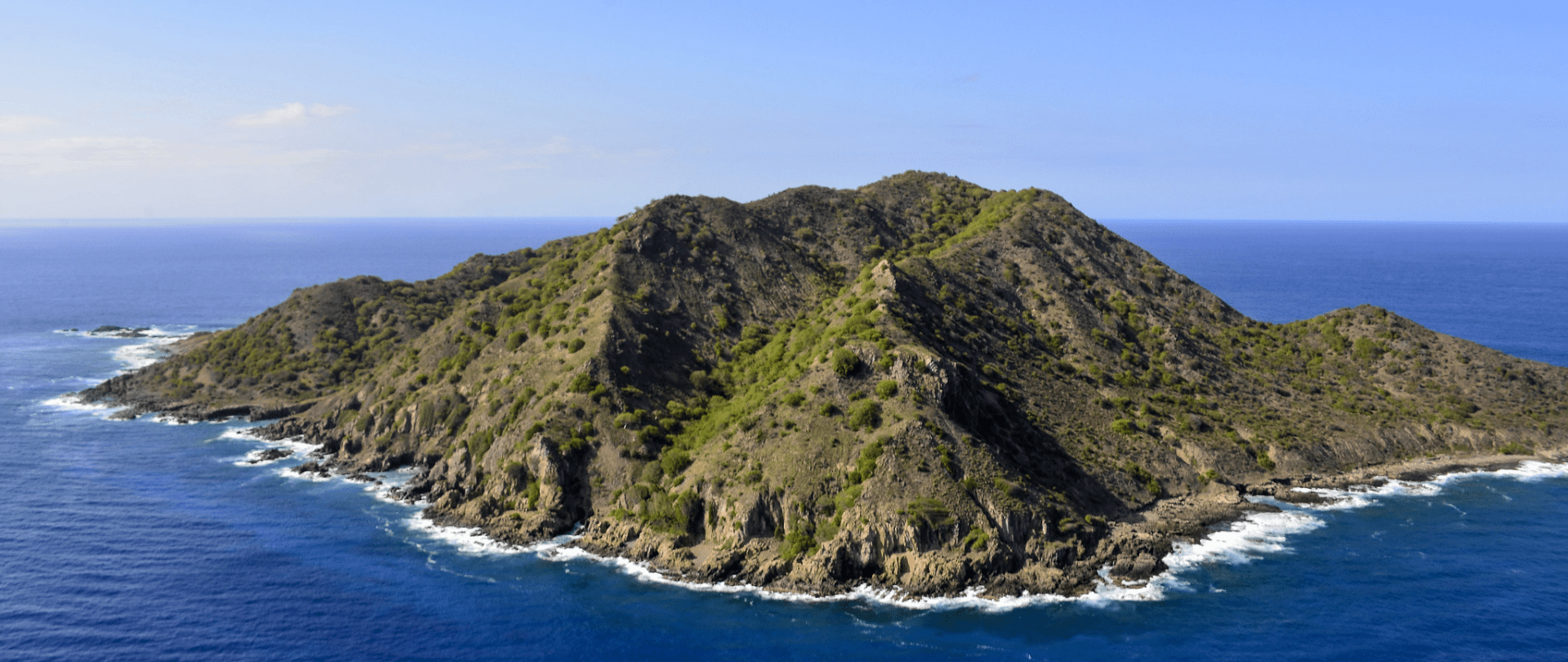
A new article in the Journal of Caribbean Ornithology, published by scientists from the US Fish and Wildlife Service and Island Conservation’s own Cielo Figuerola-Hernández and José L. Herrera-Giraldo, heralds the success of one of our most exciting restoration projects: Desecheo Island, Puerto Rico.

Once a thriving seabird sanctuary, the island faced a dire challenge as invasive species threatened to erase its rich avian legacy. In 2007, Island Conservation partnered with the US Fish and Wildlife Service and dedicated local partners to restore Desecheo’s natural balance. The project to remove invasive mammals, was declared successful in 2017, clearing the way for seabirds to return and restore the vital nutrient flows that connect land and sea.
But we didn’t just wait for the birds to return or augment the populations on their own. With the invasive threat removed, we turned to innovative social attraction techniques to bring them home. By using decoys, mirrors, and sound systems that played bird calls, we were able to simulate a thriving colony on Desecheo—and the birds couldn’t resist!

Sightings of Audubon’s Shearwaters, cavity-nesters that prefer to roost under dense vegetation, occurred fleetingly on motion-sensing cameras. But in 2023, biosecurity inspectors found a single white egg gently nestled at the base of a social attraction speaker. This egg, and the feathers found nearby, confirmed by the Smithsonian Feather Identification Laboratory as belonging to an Audubon’s Shearwater, marked a historic moment. For the first time, this near-threatened species was recorded to nest on Desecheo Island.

This breakthrough is more than just a scientific achievement; it’s a testament to the power of collaboration, innovation, and unwavering commitment to conservation. It’s a story of how a once-imbalanced island is being transformed into a sanctuary where seabirds can thrive once again.
Nesting seabirds bring critical nutrients from the sea to the land, enriching the soil and the local near-shore environments—leading to massive boosts in fish biomass and marine health. With recent evidence confirming the effectiveness of conservation in holistically restoring ecosystems, Island Conservation is proud to partner with USFWS and local partners to accelerate recovery and bring missing species home.
Read the article in Caribbean Ornithology here.
About the partners:
Island Conservation envisions a world filled with vibrant biodiversity, resilient oceans, and thriving island communities. The organization is the only international non-profit conservation organization with the mission to restore islands for nature and people worldwide. Island Conservation is committed to holistic island-marine ecosystem restorations that combine efforts to improve community livelihoods and climate resiliency, manage invasive species, and reestablish native animals and plants. The organization’s work spans the globe, with projects in the Pacific, the Caribbean, and North and South America, and it acts as a technical lead and partner organization in an even wider portfolio. By focusing on interventions that produce outsized impacts, Island Conservation has been part of hundreds of successful, holistic island ecosystem recoveries worldwide.
The United States Fish and Wildlife Service is the only agency in the federal government whose primary responsibility is the conservation and management of fish, wildlife, plants and their habitats for the American people.
Effective Environmental Restoration, Inc. is a minority-owned nonprofit organization based in Puerto Rico. EER has a proven track record of successful invasive species eradication and habitat restoration projects in Puerto Rico and the U.S. Virgin Islands.
Funding for this project provided by USFWS, the National Fish and Wildlife Foundation, the David and Lucile Packard Foundation, the National Geographic Society, and Bell Laboratories, Inc.
Check out other journal entries we think you might be interested in.
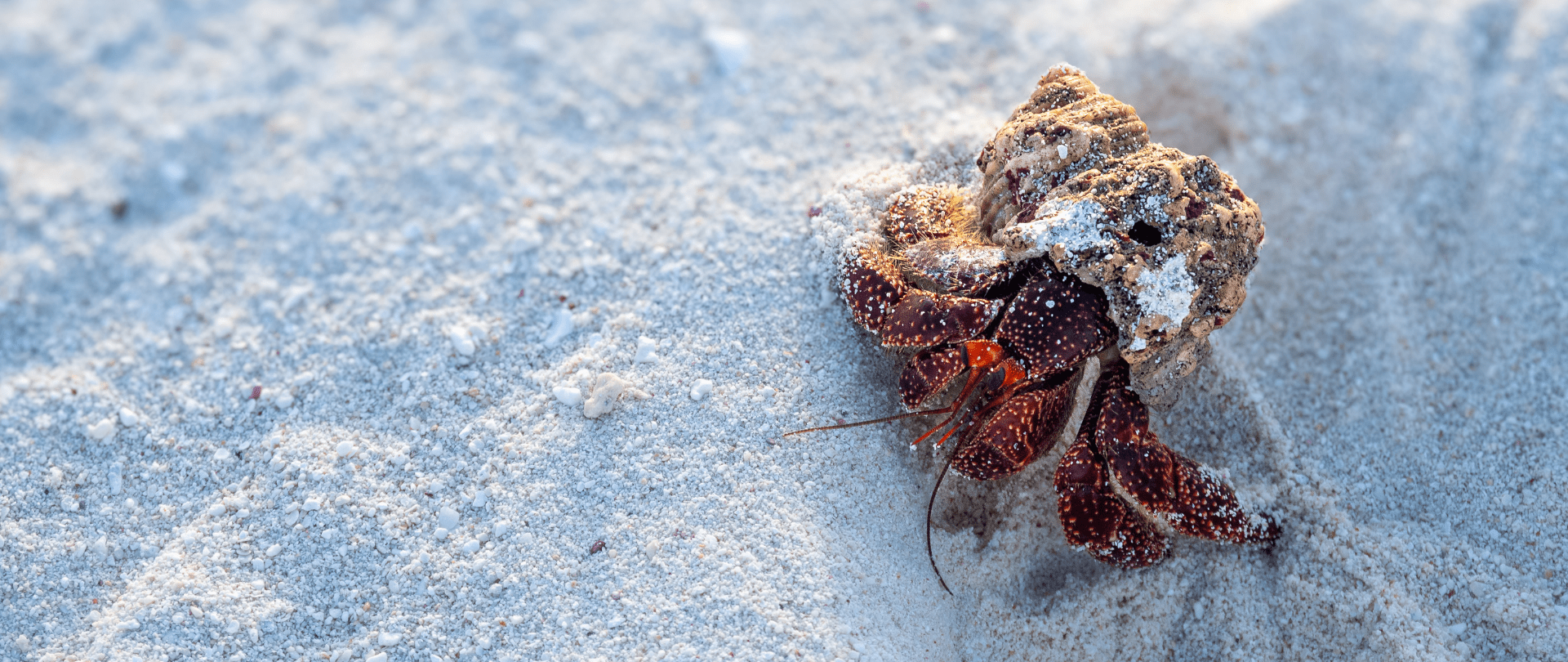
Three Island-Ocean Connection Challenge projects in the Republic of the Marshall Islands bring hope for low-lying coral atolls!

Part 2 of filmmaker Cece King's reflection on her time on Juan Fernandez Island in Chile, learning about conservation and community!
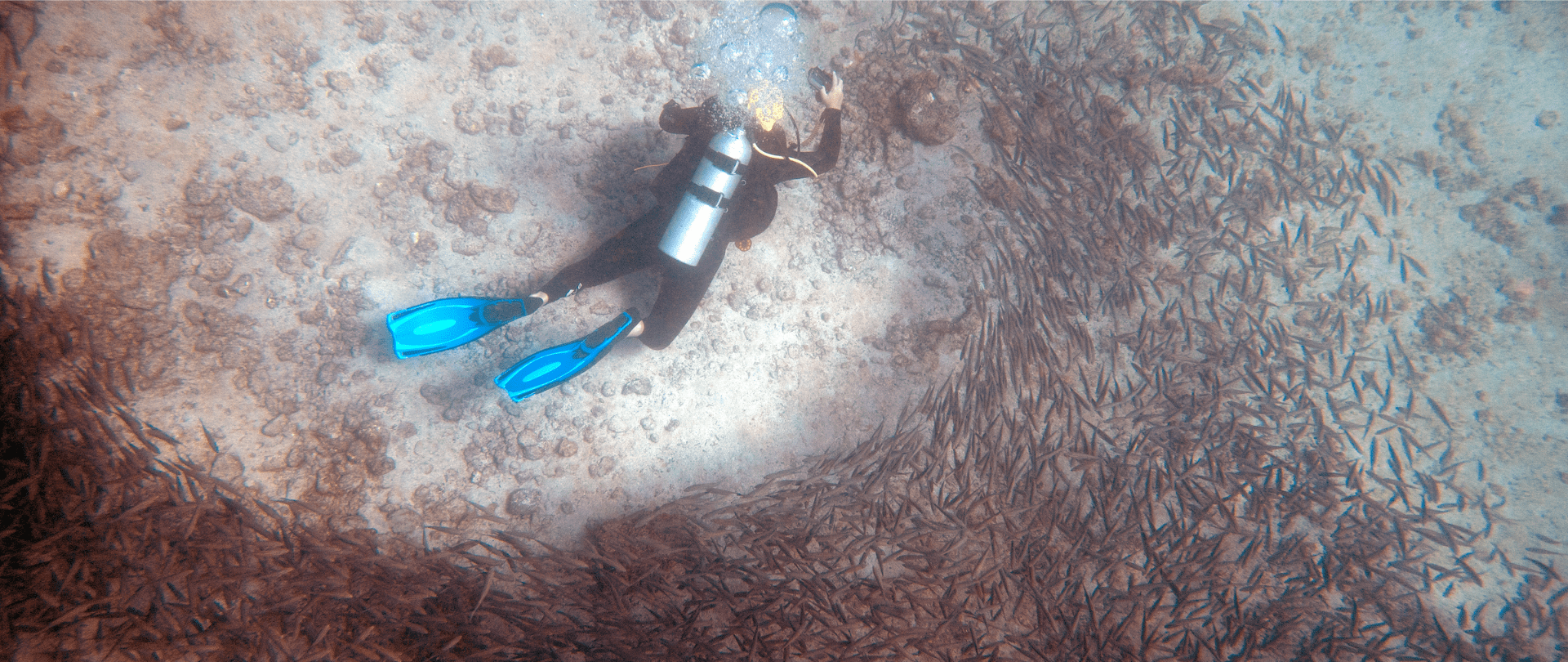
Read about Nathaniel Hanna Holloway's experience doing marine monitoring in the Galápagos!
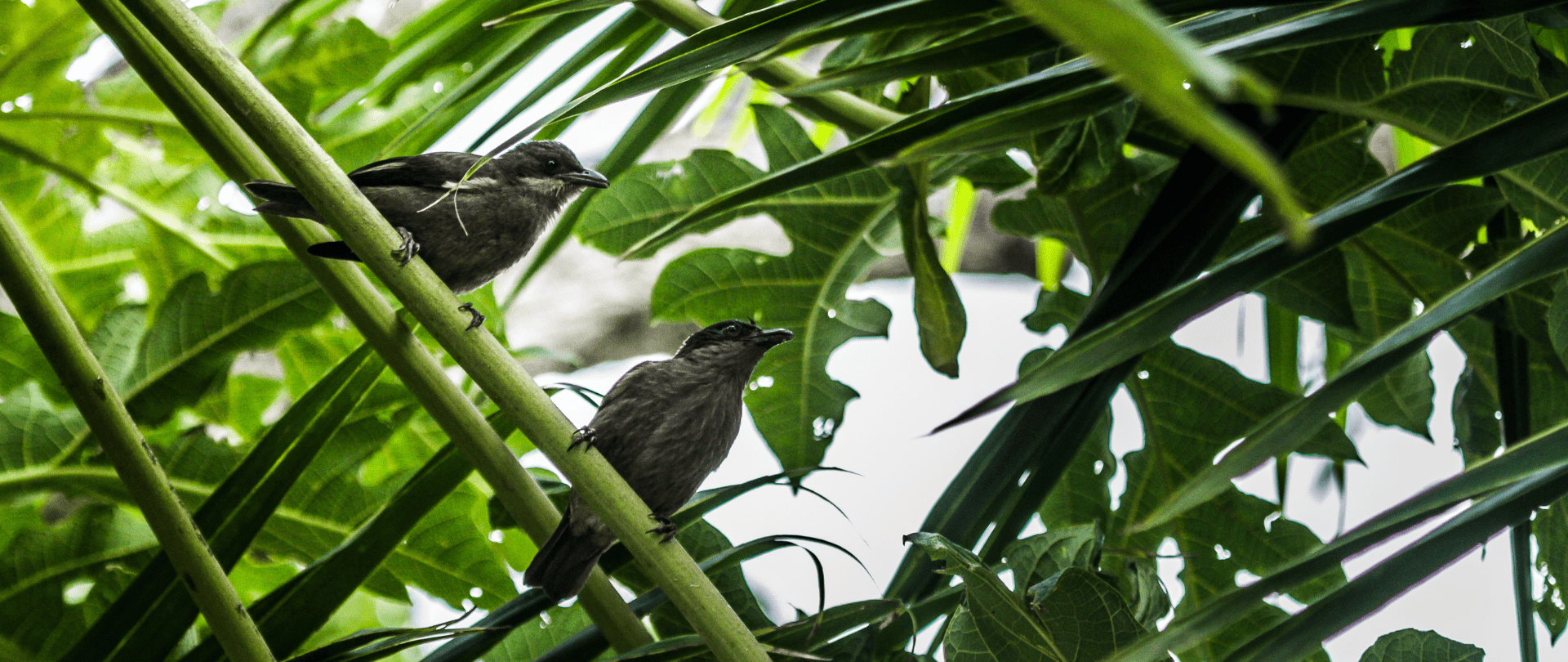
A recent monitoring trip to Late Island shows promising results!
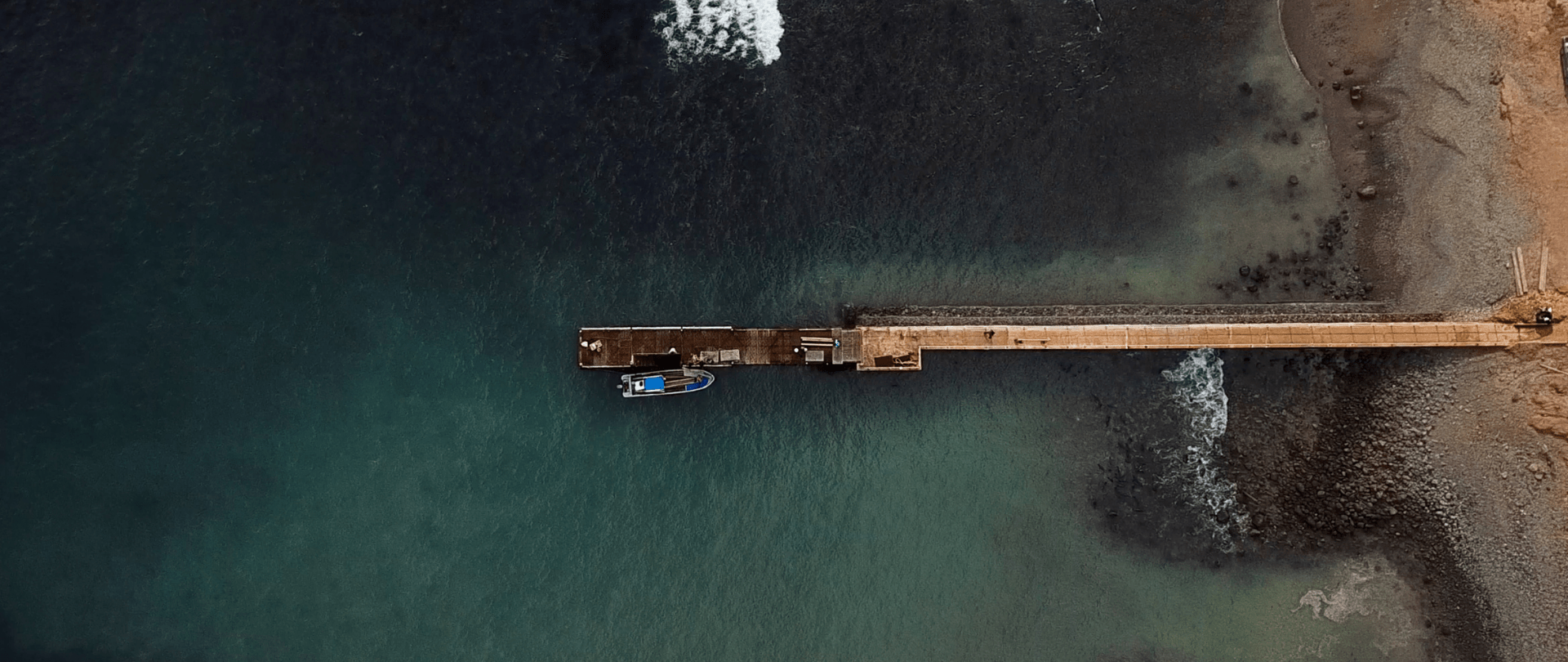
Part 1 of filmmaker Cece King's reflection on her time on Juan Fernandez Island in Chile, learning about conservation and community!
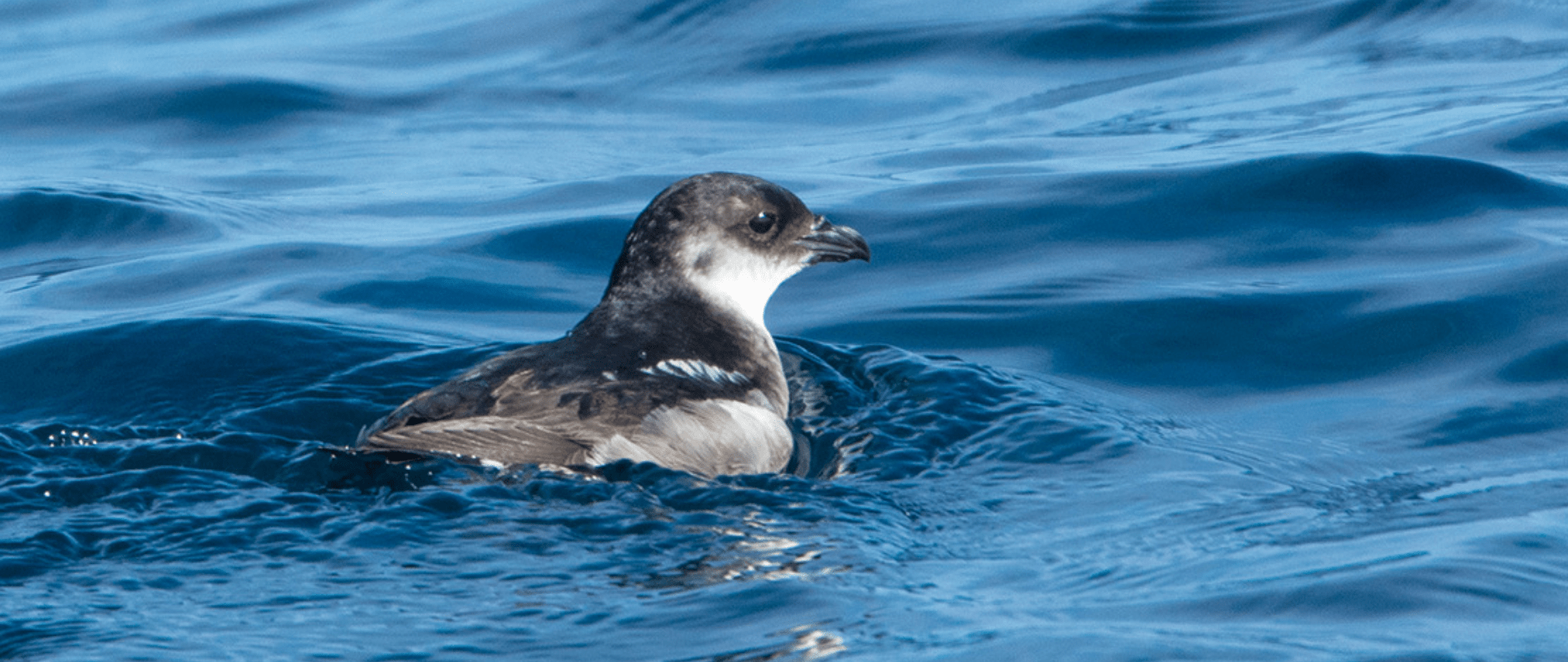
After decades of absence, rare Peruvian Diving-Petrels have returned to nest on Pajaros Uno island, recently free from invasive predators!
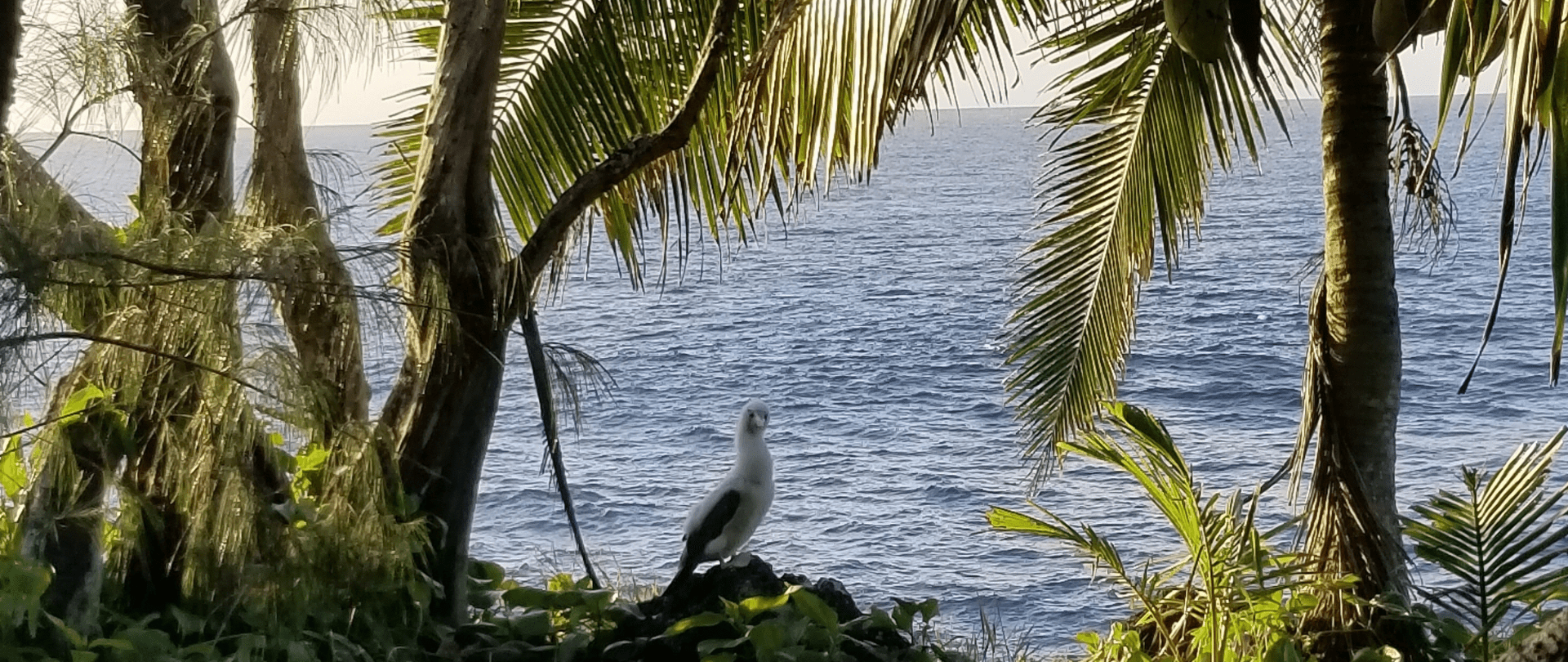
Our team returns from Late Island, Tonga with reports that our conservation actions work! Read notes from our Conservation Impact Director!
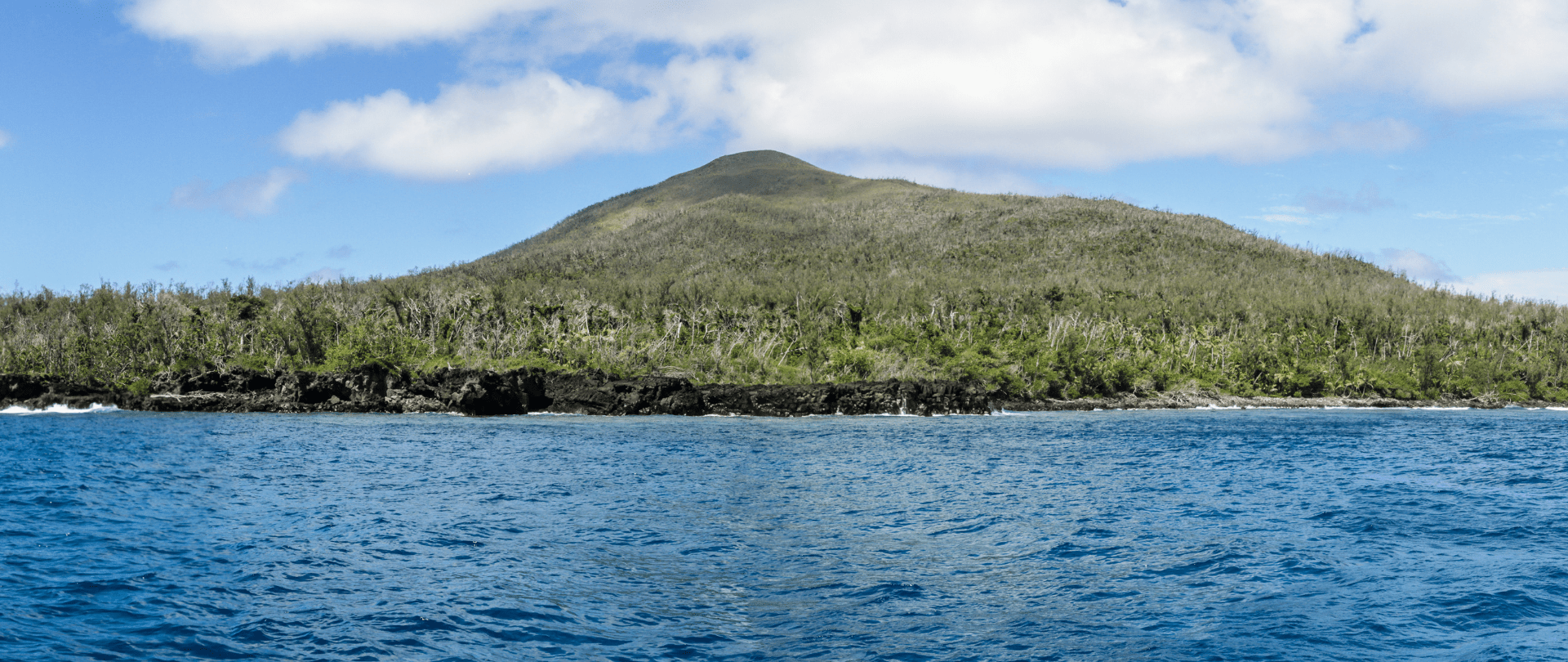
What does an Island Conservation project sound like? Listen to the new episode of Voice of Tangaroa to get the inside scoop on Late Island!

Loosiep Island in Ulithi Atoll, Yap State, is now confirmed to be free from damaging invasive species!
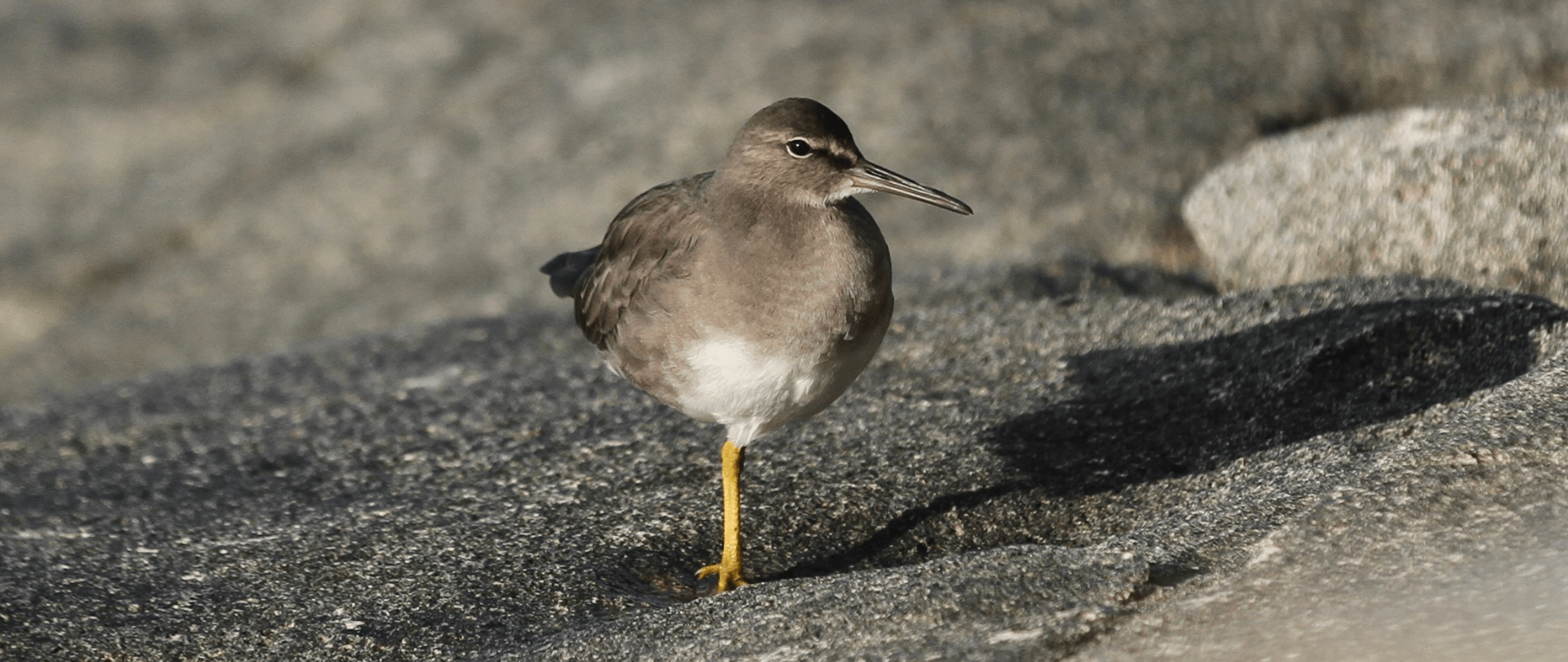
Read the account of citizen scientist Jim Torgerson's journey to Kamaka to help save Polynesian Storm-petrels!